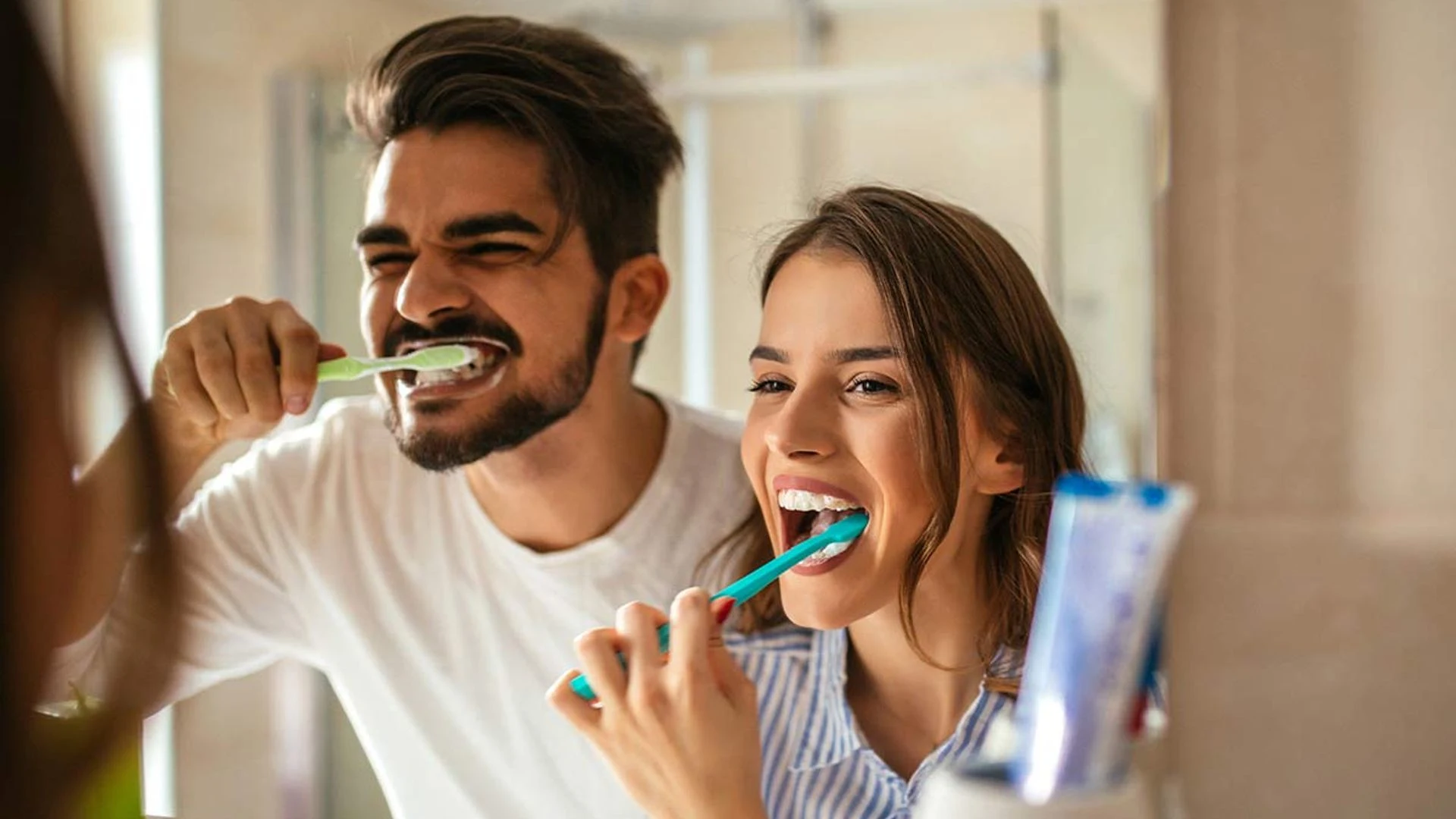Teeth discoloration can occur due to various factors, both internal and external. Internal factors include genetics, aging, and certain medications. For example, tetracycline antibiotics can cause discoloration if taken during childhood when teeth are still developing. External factors, on the other hand, are usually related to lifestyle choices and habits. Smoking, consuming dark-colored beverages like coffee, tea, and red wine, as well as poor oral hygiene practices can lead to surface stains on teeth.
Understanding Teeth Discoloration
Causes of Teeth Discoloration
Teeth discoloration can occur due to various factors, both internal and external. Internal factors include genetics, aging, and certain medications. For example, tetracycline antibiotics can cause discoloration if taken during childhood when teeth are still developing. External factors, on the other hand, are usually related to lifestyle choices and habits. Smoking, consuming dark-colored beverages like coffee, te
Different Types of Teeth Stains
Teeth stains are typically categorized into two main types: extrinsic and intrinsic stains. Extrinsic stains occur on the surface of the enamel and are caused by external factors like food, drinks, and smoking. These stains can often be removed or reduced with proper oral hygiene and teeth whitening treatments. Intrinsic stains, however, occur within the tooth structure itself and are usually more challenging to treat. They may result from factors such as trauma, certain medications, or excessive fluoride exposure during tooth development.
Why Traditional Methods Might Not Be Enough
While traditional methods like brushing, flossing, and regular dental cleanings are essential for maintaining oral health and preventing surface stains, they may not always be sufficient for achieving a bright, white smile. In many cases, especially when dealing with intrinsic stains or stubborn discoloration, additional whitening treatments may be necessary. Teeth whitening kits offer a convenient and effective solution for addressing such issues, providing targeted whitening agents to brighten teeth beyond what traditional methods can achieve.
How Teeth Whitening Kits Work
Explanation of the Whitening Process
Teeth whitening kits typically contain bleaching agents such as hydrogen peroxide or carbamide peroxide, which penetrate the enamel to break apart stains and lighten the teeth. These agents work by oxidizing the pigmented molecules that cause discoloration, resulting in a whiter appearance. The concentration of the bleaching agent and the duration of treatment may vary depending on the specific product and the severity of the stains.
Types of Whitening Agents Used in Kits
There are two main types of whitening agents used in teeth whitening kits: hydrogen peroxide and carbamide peroxide. Hydrogen peroxide is a more potent bleaching agent and is often found in higher concentrations in professional-grade whitening products. Carbamide peroxide, on the other hand, breaks down into hydrogen peroxide and urea when applied to the teeth, making it a milder alternative that is commonly used in over-the-counter whitening kits.
Safety Considerations
While teeth whitening kits can be effective for brightening your smile, it’s essential to use them safely to avoid potential risks. Overuse of whitening products or using them incorrectly can lead to tooth sensitivity, gum irritation, or even damage to the enamel. It’s crucial to follow the instructions provided with the kit carefully and consult with a dentist if you have any concerns or pre-existing dental conditions. Additionally, pregnant or nursing women, as well as individuals with untreated dental problems, should avoid using whitening products without professional guidance.
Factors to Consider When Choosing a Teeth Whitening Kit
Effectiveness
When selecting a best teeth whitening kit, it’s essential to consider its effectiveness in achieving the desired results. Look for products that contain proven whitening agents and have positive reviews from users. Professional-grade kits may offer faster and more dramatic results compared to over-the-counter options, but they may also come with a higher price tag.
Safety
Safety should always be a top priority when choosing a teeth whitening kit. Opt for products that have been clinically tested and approved by dental professionals. Avoid using kits that contain harsh chemicals or abrasive ingredients that could damage the teeth or gums. If you have sensitive teeth or existing dental issues, consult with your dentist before starting any whitening treatment to ensure it’s safe for you.
Convenience
Consider the convenience factor when selecting a teeth whitening kit, especially if you have a busy lifestyle. Look for products that are easy to use and fit seamlessly into your daily routine. Some kits offer quick treatments that can be done in the comfort of your own home, while others may require multiple sessions or visits to a dental office. Choose a kit that suits your schedule and preferences to ensure consistent use and optimal results.
Cost
Teeth whitening kits come in a range of prices, so it’s essential to consider your budget when making a selection. While professional-grade kits may offer superior results, they often come with a higher price tag. On the other hand, over-the-counter options are generally more affordable but may require more extended or repeated use to achieve noticeable whitening. Determine your budget and weigh the cost against the potential benefits to find the best option for your needs.
Tips for Safe and Effective Use of Teeth Whitening Kits
Following Instructions Carefully
To ensure safe and effective results, it’s crucial to follow the instructions provided with your teeth whitening kit carefully. Pay attention to the recommended application method, duration of treatment, and any additional precautions or warnings. Skipping steps or using the product incorrectly could lead to undesirable side effects or suboptimal whitening outcomes.
Avoiding Overuse
While it may be tempting to overuse teeth whitening products in hopes of achieving faster results, doing so can actually harm your teeth and gums. Overuse of bleaching agents can lead to increased tooth sensitivity, gum irritation, and even enamel damage. Stick to the recommended treatment schedule and duration specified by the manufacturer, and resist the urge to exceed the recommended usage guidelines.
Managing Sensitivity
Some individuals may experience temporary tooth sensitivity or gum irritation during or after using teeth whitening kits. If you find that your teeth or gums are sensitive to the whitening treatment, try reducing the frequency of use or using a desensitizing toothpaste formulated for sensitive teeth. You can also apply a thin layer of fluoride gel to your teeth after whitening to help strengthen the enamel and reduce sensitivity. If sensitivity persists or becomes severe, discontinue use of the whitening product and consult with your dentist for further guidance.
Conclusion:
Achieving a brighter, whiter smile is possible with the right teeth whitening kit. By understanding the causes of teeth discoloration, how whitening kits work, and the factors to consider when choosing the best option for your needs, you can embark on your journey to a more confident smile. Remember to prioritize safety, follow instructions carefully, and consult with a dental professional if you have any concerns. With consistent use and proper care, you’ll soon be flashing a radiant smile that lights up the room. Say goodbye to stains and hello to a brighter future with the best teeth whitening kit tailored just for you.



